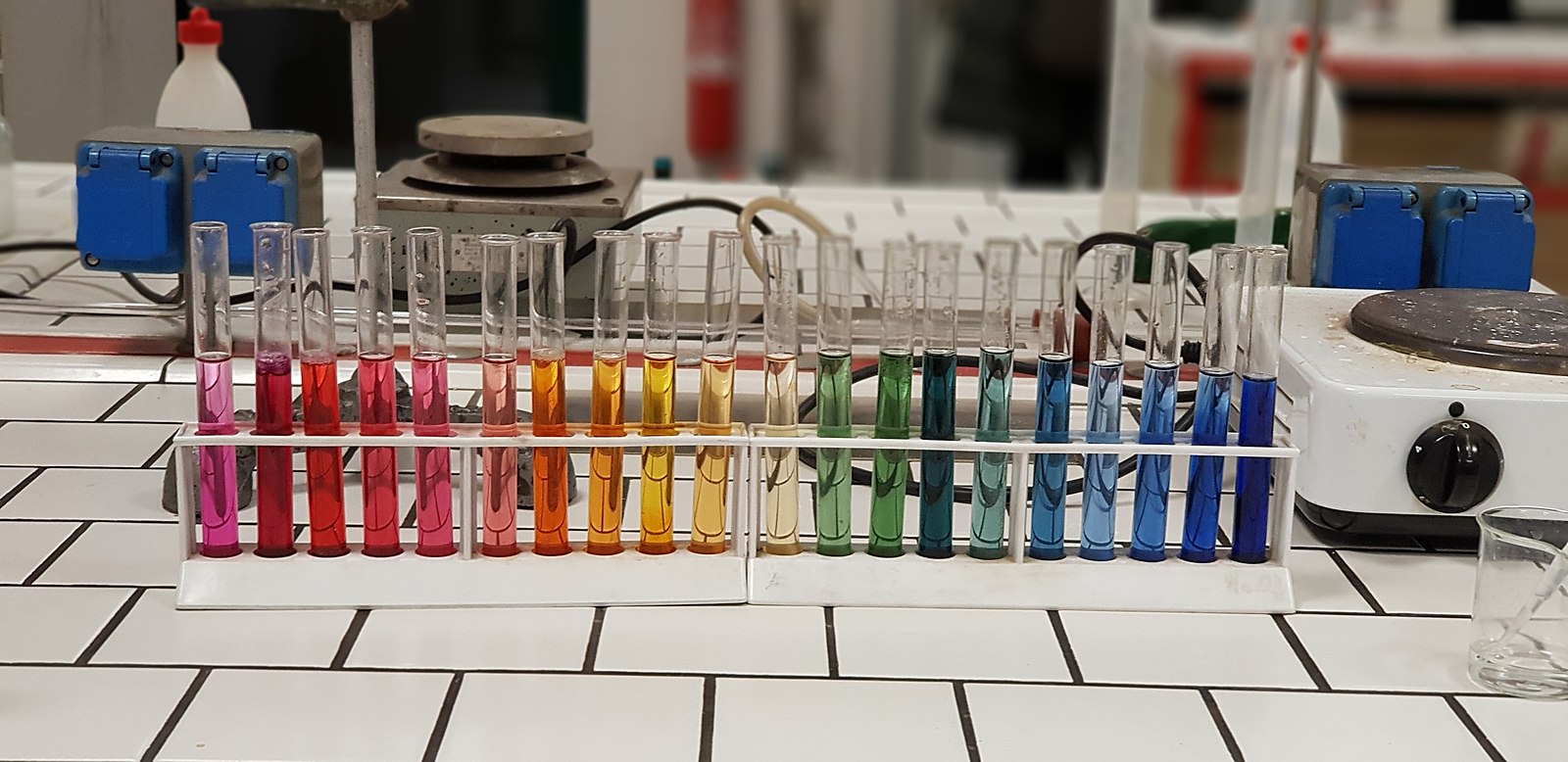The pH value of a sugar solution, such as one containing glucose, is the same as the pH of the water it is dissolved in. This is because sugar is a non-ionic compound, meaning it does not dissociate into ions when dissolved in water and does not release hydrogen or hydroxide ions. Therefore, the pH of a sugar solution is not affected by the presence of sugar.
Understanding the pH of Glucose Solutions
Factors Affecting the pH of Glucose Solutions
While sugar itself does not have a pH level, it can influence the pH of a solution indirectly. For example, when sugar is metabolized by bacteria in the mouth, it can produce acids that lower the pH level and contribute to tooth decay.
The pH of a glucose solution can also vary depending on the conditions it is dissolved in. A study found that the relative stability of glucose and fructose varies at different acidic pH levels, with fructose being most stable between pH 4 and 6 and glucose between pH 2 and 4. Another study found that the optimal pH range for the growth of bacteria using glucose as a carbon source is between 5.5 and 9.5.
Measuring the pH of Glucose Solutions
To measure the pH of a glucose solution, a pH meter can be used. It is important to calibrate the pH meter using buffer solutions with known pH values before measuring the pH of the glucose solution. The pH meter should be inserted into the solution and allowed to stabilize before recording the pH value.
Adjusting the pH of Glucose Solutions
If the pH of a glucose solution needs to be adjusted, this can be done using acid or base solutions. For example, to lower the pH of a glucose solution, a small amount of acid, such as hydrochloric acid, can be added. To raise the pH, a base, such as sodium hydroxide, can be added. It is important to add the acid or base slowly and measure the pH regularly to avoid overshooting the desired pH value.
The Importance of pH in Glucose Solutions
The pH of a glucose solution can have important implications in various applications, such as:
Biological Applications
In biological systems, the pH of glucose solutions can affect the growth and metabolism of microorganisms. For example, the optimal pH range for the growth of bacteria using glucose as a carbon source is between 5.5 and 9.5. Maintaining the appropriate pH can be crucial for the success of fermentation processes or other biotechnological applications.
Food and Beverage Industry
In the food and beverage industry, the pH of glucose solutions can impact the stability, flavor, and shelf-life of products. For instance, the relative stability of glucose and fructose varies at different acidic pH levels, which can affect the quality and taste of sweetened foods and drinks.
Pharmaceutical Applications
In the pharmaceutical industry, the pH of glucose solutions can be important for the solubility, stability, and bioavailability of drug formulations. Adjusting the pH of glucose solutions may be necessary to ensure the optimal performance of certain drug products.
Conclusion
In summary, the pH of a glucose solution is the same as the pH of the water it is dissolved in, as sugar is a non-ionic compound that does not affect the pH. However, sugar can indirectly influence the pH of a solution through various processes, such as bacterial metabolism. Understanding and controlling the pH of glucose solutions is crucial in various applications, including biological, food and beverage, and pharmaceutical industries.
References:
- Burdock, G. A. (2007). Encyclopedia of Food and Color Additives. CRC Press.
- Madigan, M. T., Martinko, J. M., Bender, K. S., Buckley, D. H., & Stahl, D. A. (2014). Brock Biology of Microorganisms (14th ed.). Pearson.
- Rowe, R. C., Sheskey, P. J., & Quinn, M. E. (2009). Handbook of Pharmaceutical Excipients (6th ed.). Pharmaceutical Press.

